Here are interesting facts about YouTube — from its origins to viral culture and modern-day dominance:
Let’s be honest: whether you’re watching music videos at 3 AM, deep-diving into conspiracy theories, or learning how to unclog a sink—YouTube has probably saved your life at some point.
It’s that magical place where you can go from watching a cooking tutorial to somehow ending up on a video about ancient aliens, all in the span of 10 minutes. It’s entertaining, educational, and sometimes just downright bizarre. But how did this wild digital playground come to be? Let’s rewind the tape and dive into the amazing world of YouTube—its origins, its rise, and why it’s the ultimate rabbit hole.
Once Upon a Time in 2005…
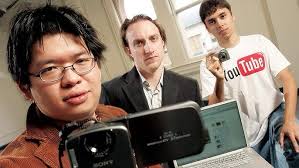
Back in the day—specifically February 14, 2005—three former PayPal employees named Steve Chen, Chad Hurley, and Jawed Karim had a brilliant idea: what if people could upload and share videos online as easily as they could send emails?
At the time, there was no real central place to host videos. Facebook was still basically a college hangout, TikTok didn’t exist, and if you wanted to share a video, you were stuck with clunky file attachments or complicated hosting.
So they launched YouTube. And in April of that year, Jawed Karim uploaded the platform’s very first video: “Me at the zoo”—a 19-second clip of him standing in front of elephants. That video is still up, by the way, and it’s now legendary.
Little did they know, they had just launched a revolution.
Google Buys In
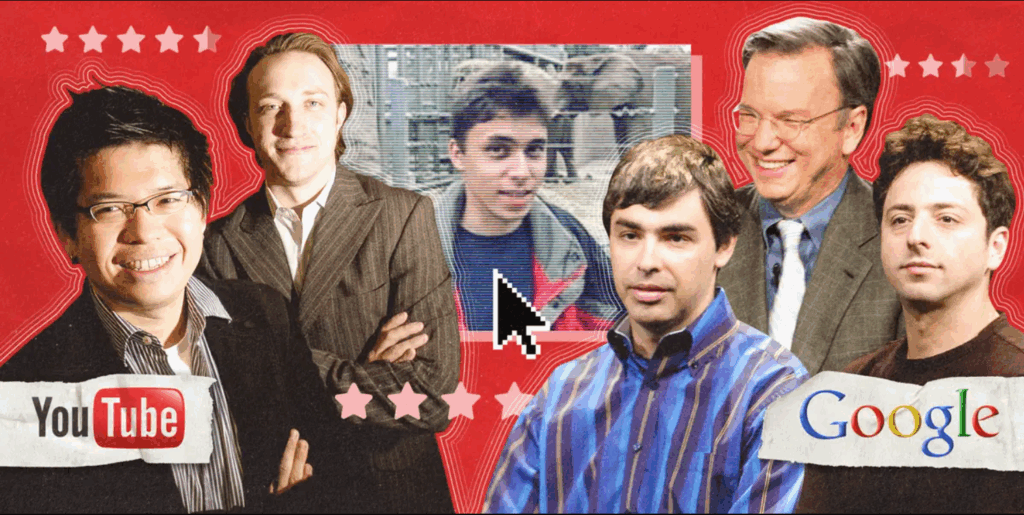
Fast forward a year, and YouTube was already exploding. People were uploading everything—home videos, funny fails, original songs, weird animations. It was like America’s Funniest Home Videos but on steroids.
Google saw the potential and in November 2006, they bought YouTube for $1.65 billion in stock. At the time, people thought that was insane money. Today? YouTube is worth over $180 billion, so yeah… pretty smart move, Google.
Since then, YouTube has become one of Google’s biggest platforms, integrated with all sorts of services—ads, search, AI, you name it.
The Evolution of Content: From LOLs to Livelihoods
What started as a place for goofy clips quickly grew into something much bigger. Suddenly, people were starting YouTube channels, gaining subscribers, and making money.
Yep, YouTube isn’t just a video site anymore—it’s a career path. Enter the era of the YouTuber.
You’ve got:
- Gamers like PewDiePie and Jacksepticeye
- Makeup gurus like James Charles and NikkieTutorials
- Educators like Kurzgesagt and CrashCourse
- Vloggers like Casey Neistat and Emma Chamberlain
- And of course, weird meme creators who bless us with remixes and nonsense
YouTube turned regular people into celebrities, gave them massive followings, and changed what it means to be “famous.”
The Power of the Algorithm
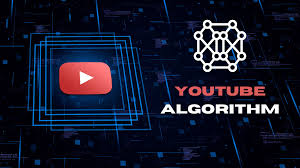
Let’s talk about the real boss behind the scenes: the YouTube algorithm.
This mysterious, code-driven force decides what videos you see, which ones go viral, and whether or not your late-night binge spirals into conspiracy land. It tracks what you watch, how long you watch it, and what you click afterward—all to keep you hooked.
Some say it’s evil. Others say it’s genius. But one thing’s for sure: it works. The algorithm knows you better than your best friend—and it’s really, really good at feeding your obsessions.
Monetization: Show Me the Money
YouTube isn’t just a place to upload videos—it’s a way to make serious cash.
Once a YouTuber hits certain milestones (like 1,000 subscribers and 4,000 watch hours), they can join the YouTube Partner Program and start earning money through:
- Ads (You know, the ones you skip after 5 seconds)
- Channel memberships
- Super Chats on livestreams
- Sponsorships and brand deals
- Merchandise shelves
Some top YouTubers make millions a year. No joke. In fact, kids today are more likely to say they want to be a YouTuber than an astronaut or doctor. Times have seriously changed.
YouTube vs. The World
Let’s not forget the competition. Over the years, other platforms have tried to challenge YouTube—Vine (RIP), Dailymotion, Twitch, TikTok—but nothing has quite dethroned it.
TikTok is the closest rival today, especially with short-form content, which is why YouTube came up with YouTube Shorts—its own quick, vertical video format designed to take on TikTok.
It’s also going head-to-head with Netflix and other streaming services. YouTube’s got movies, shows, music, and even live TV now. At this point, it’s not just a video-sharing site—it’s practically a digital universe.
The Dark Side of YouTube
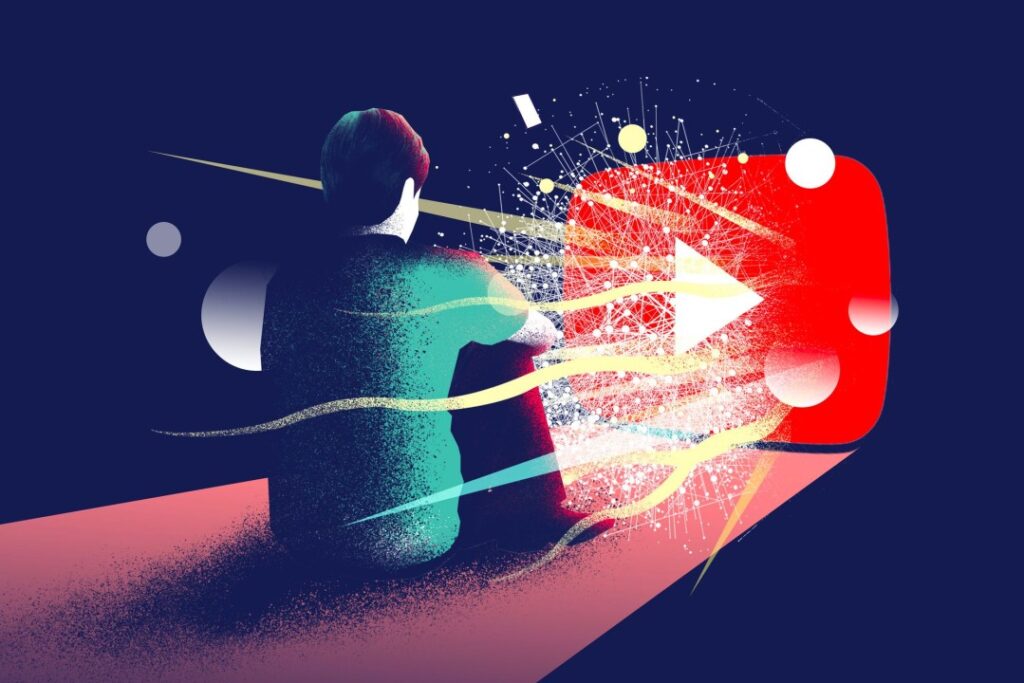
Okay, now let’s be real for a sec: YouTube isn’t all sunshine and viral puppies.
It’s had its share of controversies:
- Videos promoting misinformation or conspiracy theories
- Toxic comment sections and harassment
- Content creators burning out from the pressure
- Concerns over kids’ safety with YouTube Kids
- Creators demonetized unfairly by algorithm changes
YouTube has tried to fix things with stricter rules, better moderation, and clearer monetization policies, but it’s an ongoing battle. When you have over 500 hours of video uploaded every minute, keeping it all clean is, well, nearly impossible.
YouTube for Good
But it’s not all bad news. YouTube has also been a force for good:
- Educational channels have helped students around the world understand complex topics
- Fitness trainers offer free workouts
- Mental health advocates share support and coping strategies
- Charities and fundraisers have used it to reach millions
And during the pandemic? YouTube became a lifeline—a way to stay connected, stay fit, learn new skills, and just stay sane.
YouTube Now and in the Future
Today, YouTube is available in over 100 countries and 80+ languages. It’s used by 2.7 billion users every month—that’s over a third of the entire planet!
And it’s still evolving. We’ve got:
- YouTube Music for streaming your favorite tracks
- YouTube Premium to ditch ads (and watch exclusive content)
- YouTube Live for streaming events, concerts, and gaming
- YouTube Studio for creators to track stats and manage their content
With advances in AI, AR/VR, and real-time translation, YouTube is only getting smarter, faster, and more global.
Final Thoughts: The Internet’s Favorite Time-Waster
Let’s face it: YouTube isn’t just a website anymore. It’s a culture, a career path, a classroom, a community—and yes, the greatest procrastination tool ever invented.
It’s where you learn to cook, laugh at fail videos, cry at soldier reunions, and jam out to your favorite artists. It’s where creators turn passions into professions and where random clips can go viral overnight.
Whether you’re here for the education, the entertainment, or just the cat videos (no judgment), one thing’s clear: YouTube is here to stay.
So go ahead. Hit play. Just be warned—you might be here a while. 🎥📱💻
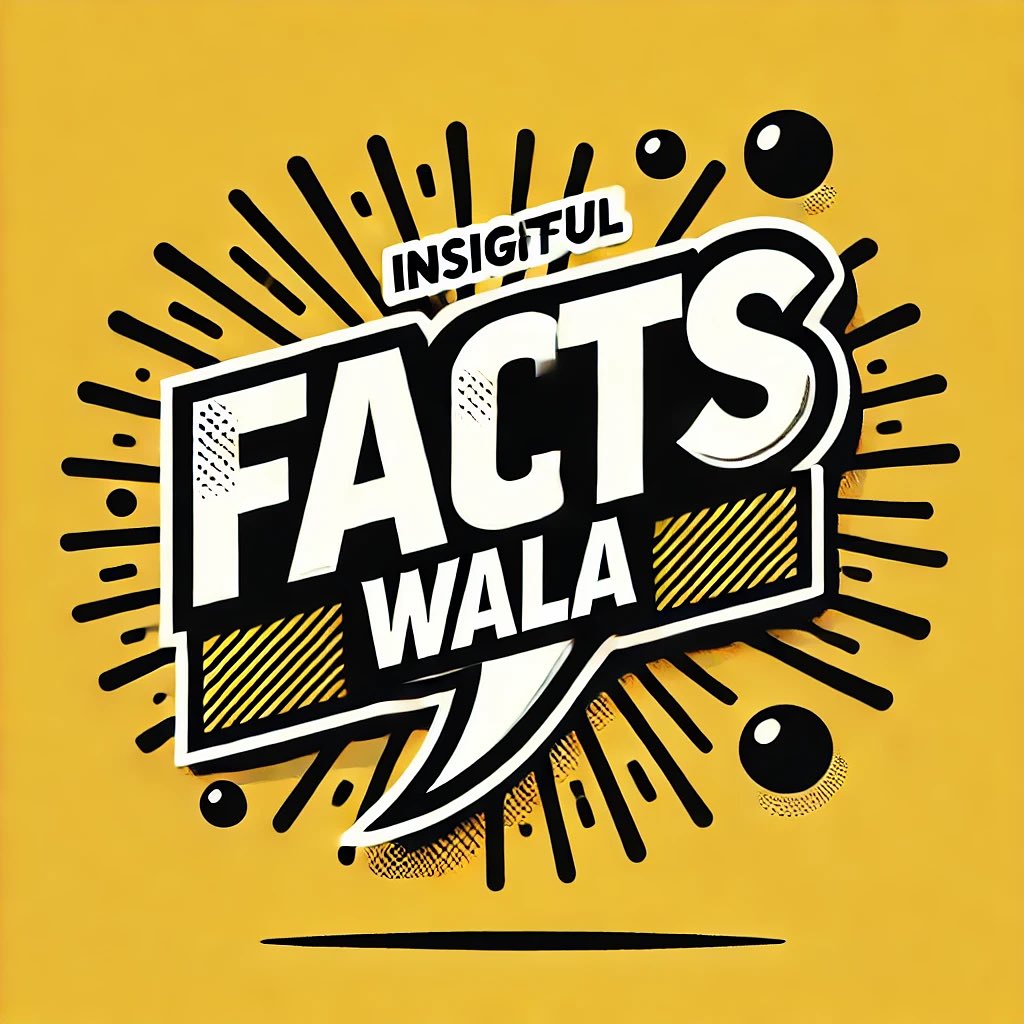













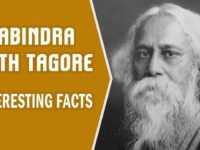



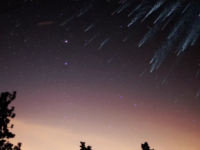


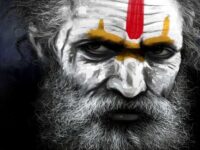

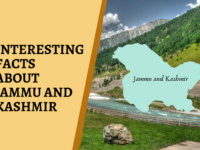
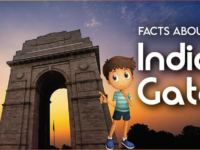


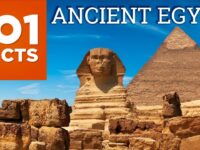
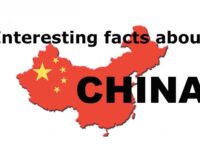

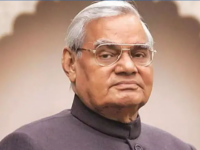









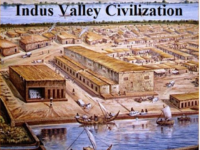





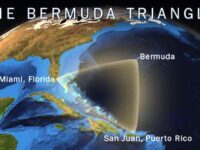
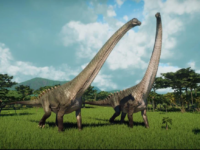

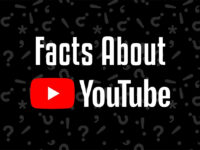






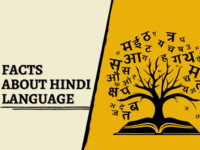




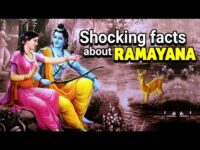
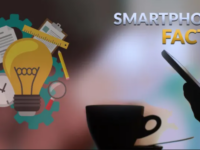


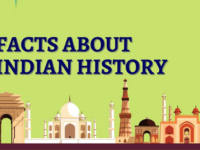
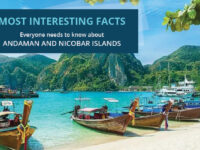

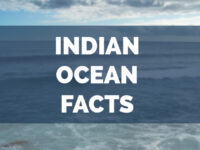
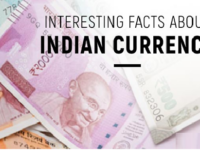
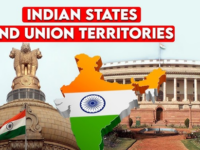

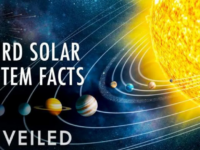


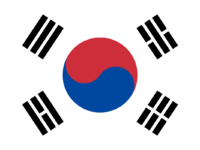




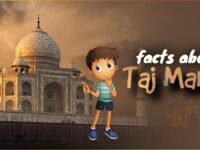






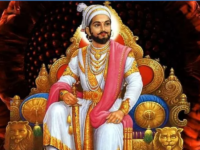
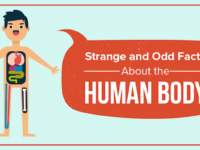



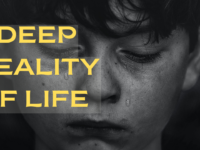
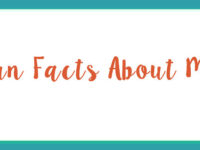
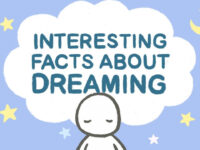

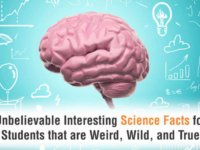

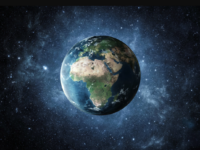



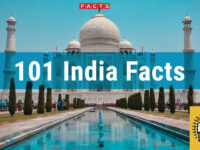
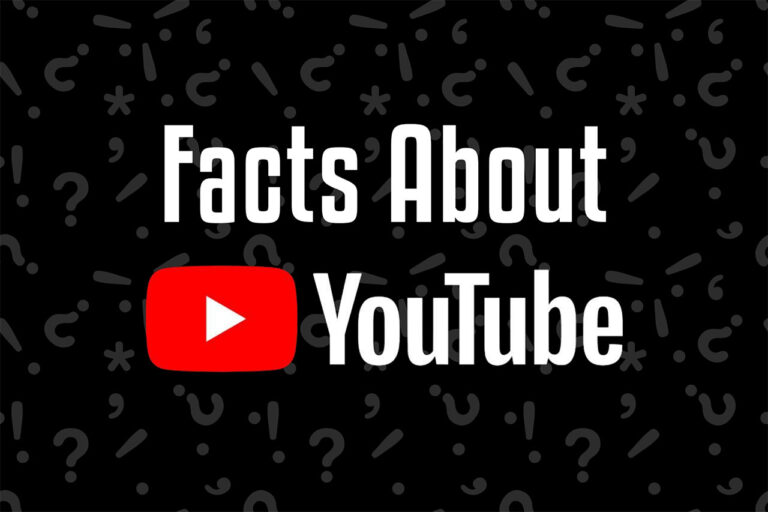
0 Comments